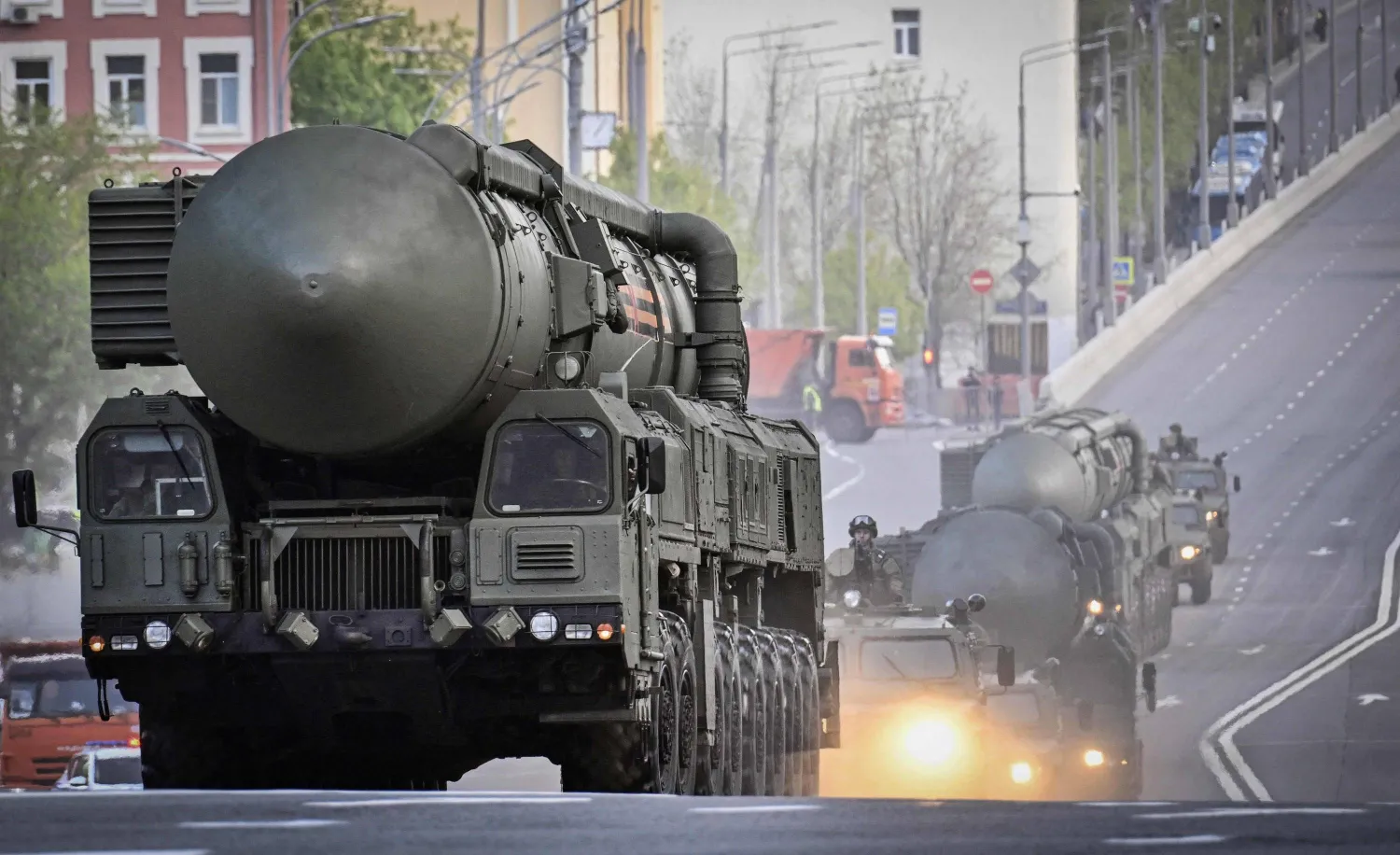Nearly 16 hours after an Israeli airstrike hit across the street from Beirut’s main public hospital, rescuers were still removing debris Tuesday from the overcrowded slum area. An excavator was digging at one of the destroyed buildings, picking out twisted metal and bricks in search for bodies.
Residents standing on mounds of debris said an entire family remained missing under the rubble.
Mohammad Ibrahim, a Sudanese national, came looking for his brother. “His mobile phone is still ringing. We are trying to search for him,” he said. “I don’t know if he is dead or alive.”
Hours later, health officials said five bodies had been recovered from under the rubble. At least 18 people were killed, including four children, and at least 60 wounded in the strike that also caused damage across the street at the Rafik Hariri University Hospital, the capital’s main public medical facility.
Jihad Saadeh, director of the Rafik Hariri Hospital, said the strike broke several glass windows and the solar panels of the medical facility, which continued to operate despite the damage and the panic. None of the staff was injured.
Saadeh said the hospital received no warning of the impending strike, just a few meters (yards) across the street. Neither did the residents of the slum area, where several buildings were crammed and which houses several migrant workers as well as working class Lebanese.
The Israeli military said it struck a Hezbollah target, without elaborating. It added it had not targeted the hospital itself.
It was hard for rescue equipment to reach the area of clustered settlements and dusty narrow roads.
Nizar, one of the rescuers, said he had been at the site of the explosion since Monday night. “It was too dark and there was so much panic,” he said, giving only his first name in line with the rescue team’s regulations. “People didn’t understand yet what had happened.”
The overcrowded slum was covered in debris, furniture and remains of life poking out of the twisted metal and broken bricks. Residents who survived the massive explosion were still in shock, some still searching through the debris with their hands for their relatives or what is left of their lives. Gunmen stood guard at the site. The Lebanese Civil Defense said Tuesday five buildings were destroyed and 12 sustained severe damage. The dead included one Sudanese and at least one Syrian.
“This is a very crowded area; buildings are very close. The destruction is massive,” Nizar said, explaining that the scale of the damage made their rescue effort harder.
Across the street, the hospital was still treating a few of the injured. The morgue had received 13 bodies.
Hussein al-Ali, a nurse who was there when the attack happened, said it took him a few minutes to realize it was not the hospital that was hit. Dust and smoke covered the hospital lobby. The glass in the dialysis unit, the pharmacy and other rooms in the hospital was shattered. The false roof fell over his and his colleagues' heads.
“We were terrified. This is a crime,” said al-Ali. “It felt like judgement day.”
It took only minutes for the injured from across the street to start streaming in. Al-Ali said he had little time to breathe or reassure his terrified colleagues and the rattled patients.
“Staff and patients thought the strike was here. We fled outside as the injured were coming in,” he said. And when he was done admitting the injured, “we came out to carry our (killed) neighbors. They are our neighbors.”
Ola Eid survived the strike. She helped dig out her neighbors’ children from under the rubble, before realizing she herself was injured.
“The problem is we didn’t feel it. They didn’t inform us. We heard they want to strike al-Sahel hospital,” said Eid, bandaged and still in shock sitting at the hospital gate. Israel had hinted another hospital miles away could possibly be a target, alleging it is housing tunnels used by the Hezbollah group.
Eid, an actor, said she was playing with her neighbor’s kids when the first explosion hit. It knocked her to the floor and scattered the candy she was handing out to the kids. She stood up, not believing she was still alive, to find her neighbor’s kid soaked in blood. One was killed immediately; the other remained in intensive care.
“I looked ahead and saw the kids torn apart and hurt,” she said. “The gas canisters were on fire. I didn’t know what to do — put out the fire or remove the kids.”









